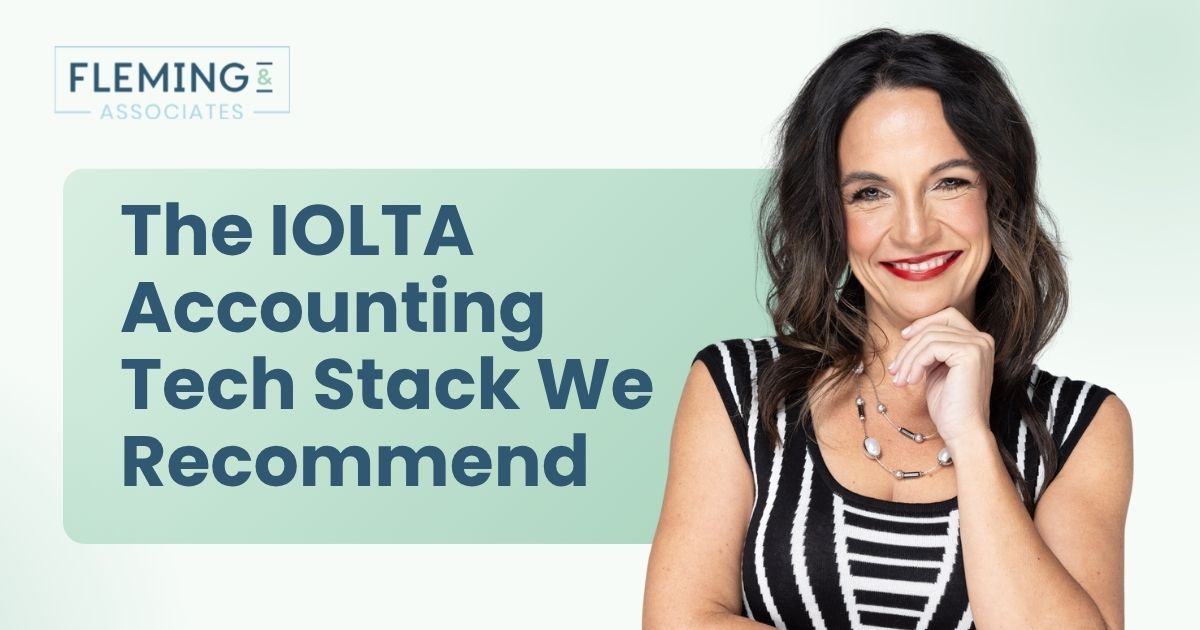As the end of year quickly approaches, our calendar becomes full, and our to-do list grows. This time of year, the majority of Americans are bombarded with holiday preparations and events, family obligations, and planning for the new year. As a business owner, you have an even longer list of responsibilities at the end of the year.
It’s not easy to balance it all. However, putting in the time and effort now to prepare for tax season and year-end will significantly lessen stress come January. As you prepare for year-end, there are several components a small business owner should address in order to end the year on a positive note and set themselves up for success in the upcoming year.
Close Out Your Financials
One of the most crucial steps in closing your company’s financial year is to ensure all expenses and income are recorded and up to date. Now is the time to send out any unbilled invoices and collect payment from customers who have outstanding invoices. At the same time, you want to ensure that all vendors and employees are paid to date.
Log Expenses
Ideally, all expenses should be documented throughout the year. However, if your logs are not up to date, now is the time to ensure all expenses are recorded and accurate. To properly record expenses, be sure to include the account, payee, business purpose, and amount.
Mileage
After your expense log is in good standing, make sure that all mileage has been documented. Mileage can be easily overlooked. However, to maximize your tax deductions, you want to make sure that every business mile is recorded. Utilizing mileage apps make this seamless, but a traditional log works just as well. If you are manually recording your mileage, be sure to include the date, purpose, starting point, destination, and the number of miles.
Reconcile Accounts
Once your financials have been closed out, and all expenses have been logged, you want to reconcile any accounts you have utilized this year. To do this, you want to compare your financial records with the official bank statements. The income and expenses should mirror one another. If they do not, a discrepancy needs to be addressed. This includes reconciling your loans.
Fixed Assets
It’s important to know the difference between a fixed asset and typical expenses. A fixed asset is any business expense item with a life lasting longer than the fiscal year. The scope of a fixed asset varies by accountant but typically people record any assets over $2500. For example, any computers over $2500 purchased for your business would be a fixed asset. On the other hand, office supplies such as ink cartridges would be considered an expense.
Before year-end, you want to make sure that all your fixed assets are logged and up to date. Now is the time to add any new or forgotten fixed assets. For these fixed assets, you need to run an annual depreciation. The depreciation is how much of the asset’s life was used up this year. This amount can be written off as a tax deduction. If you are unfamiliar with this process, it’s wise to involve your accountant, as this can be tricky.
Verify Employee Information
The fourth quarter is when you should review and verify all employee information. Make sure you have the necessary W-4s and W-9s for both employees and independent contractors on file. Especially for individuals who have left the firm, it is critical that you have the correct information for your workers or contractors so that their W-2 and 1099 forms are sent to the right location. Sending an email to current and past employees is an effective way to remind them to notify you of any updates if needed. Make sure the employees and contractors have updated their address so they can receive their tax forms.
Maximize Tax-Advantaged Accounts
You still have time before the upcoming Tax Day to maximize some of your accounts and lower your taxable income. For the 2022 tax year, the last day to make contributions to an IRA or an HSA is April 18, 2023.
Don’t forget about your employer-sponsored 401(k) plan. You can still contribute for the current tax year up to $20,500, plus a $6,500 catch-up contribution if you’re 50 years or older at any time during the 2022 calendar year. The window to make the IRS maximum contribution to this type of account closes for many employees on December 31. So while you continue accumulating, think about saving more now, as it may enable you to minimize your taxable income for tax filing purposes.
It is important to keep in mind that additional eligibility and contribution restrictions may limit the amount you can contribute to an IRA, HSA, or 401(k) plan to a level lower than the previous IRS maximums. In order to learn more about the regulations governing eligible contributions, you should consult a knowledgeable tax expert.
Prepare to File Tax Forms
While you do not need to submit income and operation tax forms until mid-April, you will need to submit employee and business forms before the end of the year. Begin thinking about and preparing the following tax forms no
- W-2: This form reports wages earned and personal income tax levels for your employees. Even though this form primarily affects your employees, it’s still your responsibility to file it with the Social Security Administration.
- 1096: If you employed contractors this year, you need to submit 1096s. These function similarly to W-3s. However, they apply to independent contractors receiving 1099s.
- 941: This accounts for taxes paid to Medicare, Social Security, income taxes, and other programs.
- 940: Federal Unemployment Tax (FUTA) is covered under a 940 Form. This accounts for the taxes businesses must pay for unemployment compensation.
- 1095c: If your business provides health insurance, you will need to file this form. These address which employees received insurance coverage and can be used to determine tax credit eligibility.
Prepare for Future Tax Seasons
Once tax preparation is complete, you may feel like a weight has been lifted. However, before you switch your focus, you want to recognize opportunities for more tax-efficient measures. Doing so can help you maximize income in the years ahead.
Including tax-efficient measures in your longer-term financial plan is always a good idea. Active tax planning throughout the year will not only make for a less stressful fourth quarter, but it may enable you to save more money for your objectives and preserve more of your earnings.
A little planning can go a long way in helping you save time and money when it comes to tax season. Fleming & Associates LLC is here to support you by improving efficiency, maximizing profit, and saving time with your accounting and budgeting needs. Reach out now for a consultation to make this end-of-the-year more successful than ever.




